 ‘Four things to see this week’ is sponsored by Bloomberg Connects, the free arts and culture app. Bloomberg Connects lets you access museums, galleries and cultural spaces around the world on demand. Download the app here to access digital guides and explore a variety of content.
‘Four things to see this week’ is sponsored by Bloomberg Connects, the free arts and culture app. Bloomberg Connects lets you access museums, galleries and cultural spaces around the world on demand. Download the app here to access digital guides and explore a variety of content.
Each week we bring you four of the most interesting objects from the world’s museums, galleries and art institutions, hand-picked to mark significant moments in the calendar.
Charles Darwin’s theory of evolution is one of the most important ideas of the late modern period, which closed the gap between humans and animals and contradicted religious beliefs around the creation of mankind. The scientist came to his revolutionary conclusions following a five-year voyage on the HMS Beagle, which set sail in 1831. The ship was chartered to survey the coastline of South America – the 22-year-old Darwin was invited to join the journey in a self-funded position, working as the ship’s naturalist.
Darwin spent much of this expedition on land, studying fossils, fauna and flora in far-flung regions. It wasn’t until the ship reached the isolated Galápagos Islands, however, that his theories began to come together. It was there that he noted evidence of variation in endemic species such as tortoises and mockingbirds when compared to those he had seen in Chile. In 1836, Darwin returned to England and continued studying the specimens he had collected, working alongside celebrated anatomists, botanists, geologists and zoologists. By 1839, he had devised his theory of natural selection as ‘descent with modification’; when this was finally published in 1859, his controversial idea would make him famous worldwide.
On the anniversary of the landing of the HMS Beagle on the Galápagos Islands, we take a look at four artworks and objects that tell the story of Darwin and of evolution.
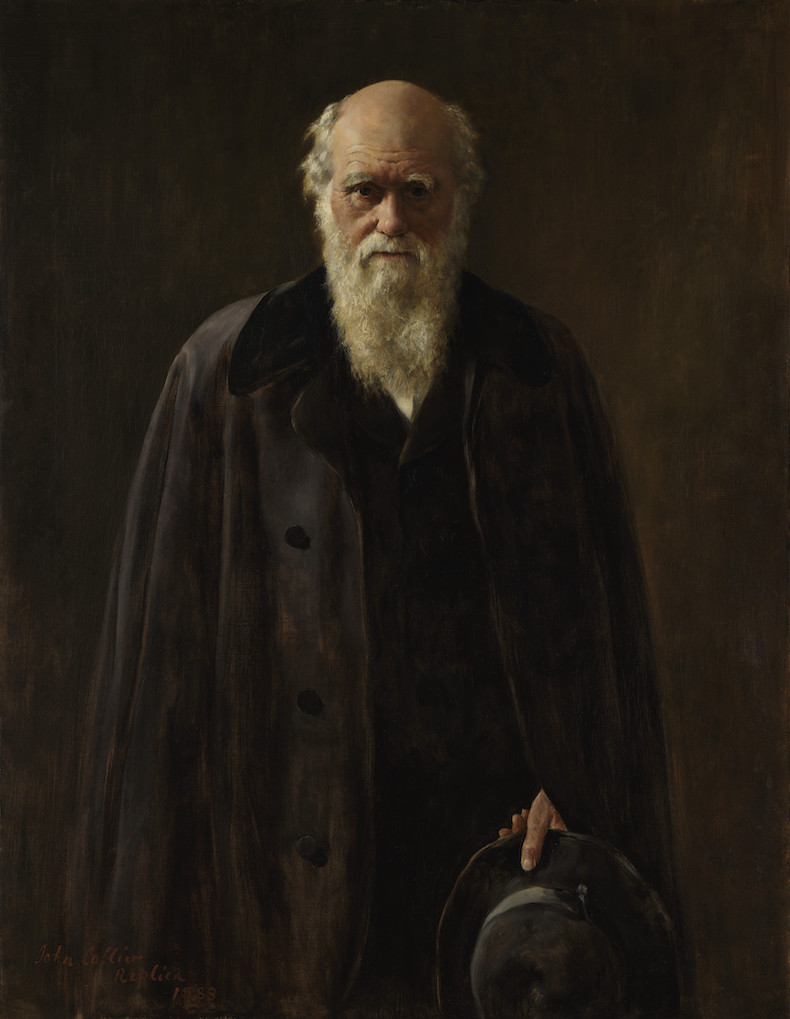
Charles Darwin (1883), John Collier. Photo: © National Portrait Gallery, London
1. Charles Darwin (1883), John Collier
National Portrait Gallery, London
This 1883 portrait is a copy by artist John Collier of the original he had painted in 1881 for the Linnean Society, where the great naturalist first presented his ideas on evolution. It depicts Darwin a year before his death from heart disease at the age of 73. Click here to find out more on the Bloomberg Connects app.
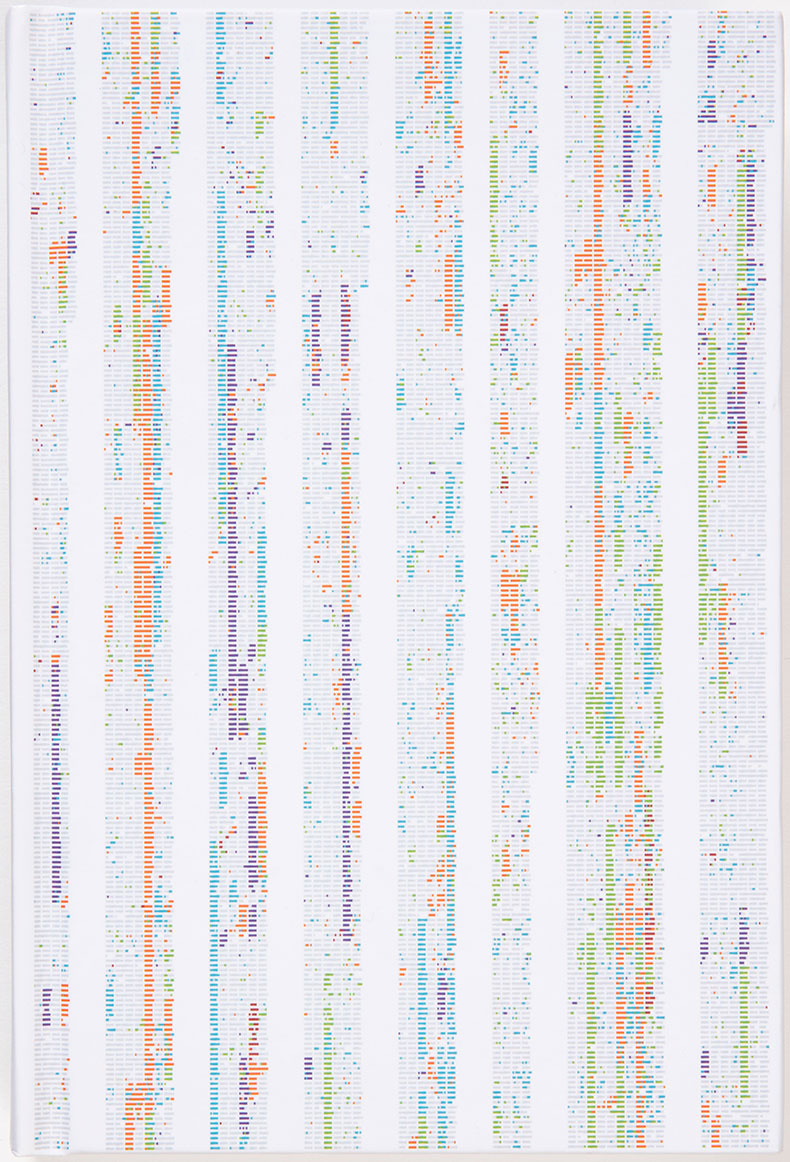
On the Origin of Species: The Preservation of Favoured Traces (2009), Ben Fry. Photo: Matt Flynn © Smithsonian Institution; 2009; © Ben Fry
2. On the Origin of Species: The Preservation of Favoured Traces (2009), Ben Fry
Cooper Hewitt, Smithsonian Design Museum, New York
In this work, the contemporary artist Ben Fry traces the many revisions that Darwin made to his seminal book On the Origin of Species (1859). The original text is laid out in grey and numbers 150,000 words. Later additions are colour-coded to show how, over the course of six editions and 14 years, Darwin refined his ideas – and reached a final total of 190,000 words. Fry’s On the Origin of Species: The Preservation of Favoured Traces exists as an interactive digital visualisation, a poster and a book. Click here to find out more.
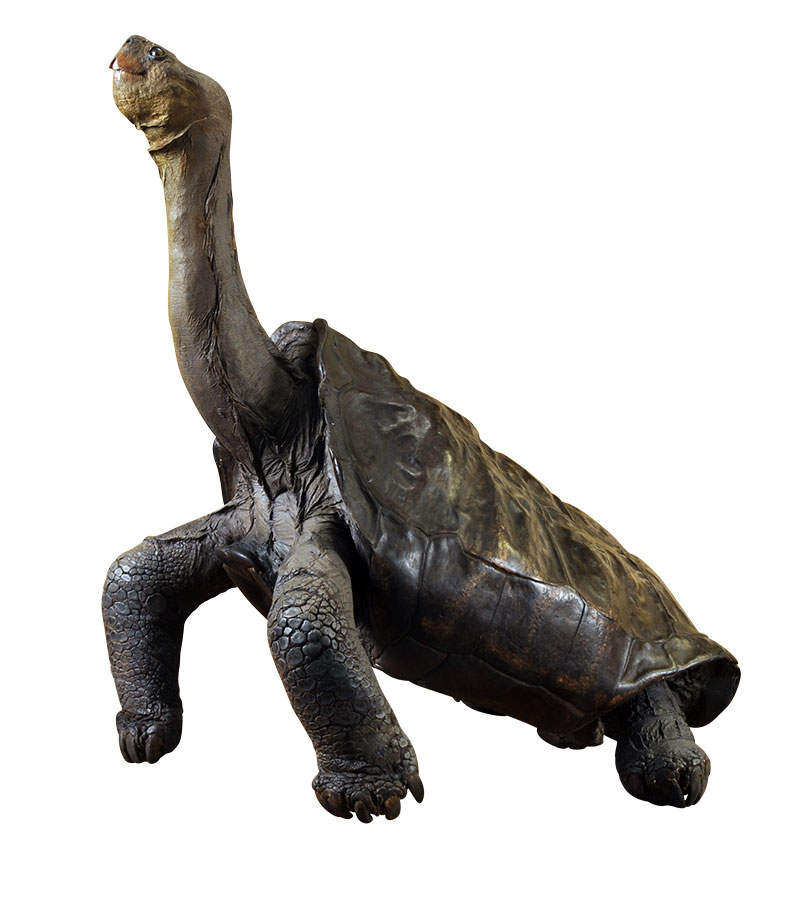
Abingdon Galapagos tortoise (1914). Naturhistorisches Museum, Vienna
3. Abingdon Galapagos tortoise (1914)
Naturhistorisches Museum, Vienna
The Galápagos Islands were named by early Ecuadorian settlers after their giant tortoise inhabitants – galápago, meaning turtle or terrapin in Spanish. These tortoises were of great interest to Darwin, who noted that their varying shell shapes showed adaptations to different habitats. Click here to find out more.
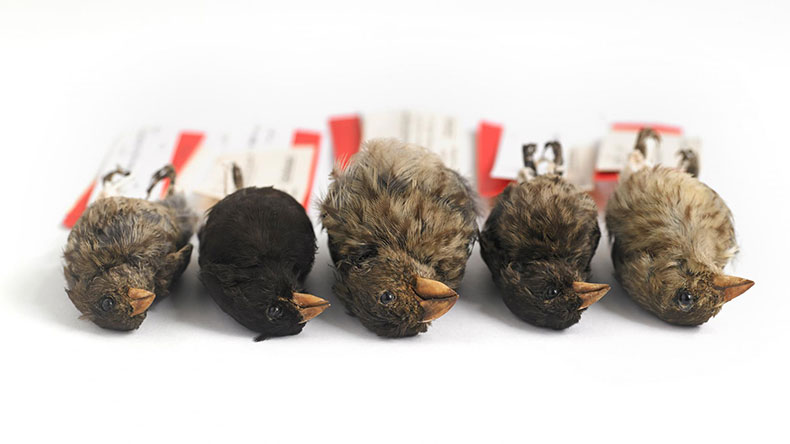
Darwin finches (1835). Naturalis Biodiversity Center, Leiden
4. Darwin finches (1835)
Naturalis Biodiversity Center, Leiden
While Darwin initially dismissed the finches of the Galápagos, he nonetheless delivered 31 specimens to ornithologist John Gould, who soon realised they held the key to Darwin’s theories. While the birds appear similar at first, there are important variations in their beak shapes. These differences showed that species – while descending from a common ancestor – could vary as a result of natural selection. Click here to find out more.
Download now
![]() ‘Four things to see this week’ is sponsored by Bloomberg Connects, the free arts and culture app. Bloomberg Connects lets you access museums, galleries and cultural spaces around the world on demand. Download the app here to access digital guides and explore a variety of content or scan the QR code.
‘Four things to see this week’ is sponsored by Bloomberg Connects, the free arts and culture app. Bloomberg Connects lets you access museums, galleries and cultural spaces around the world on demand. Download the app here to access digital guides and explore a variety of content or scan the QR code.
Unlimited access from just $16 every 3 months
Subscribe to get unlimited and exclusive access to the top art stories, interviews and exhibition reviews.

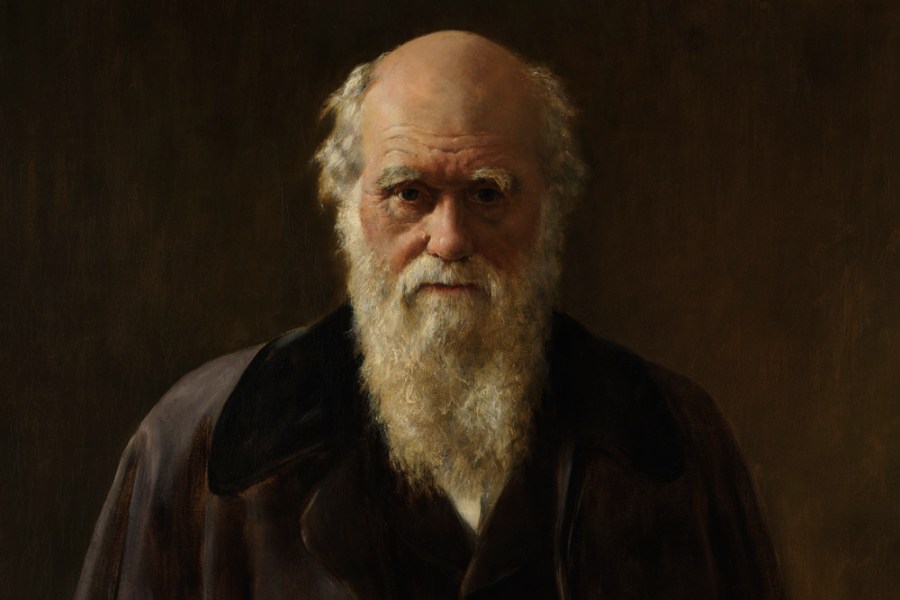
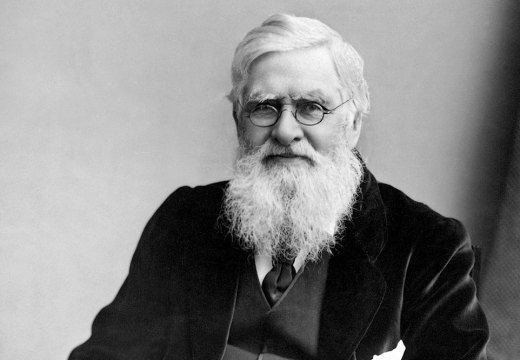
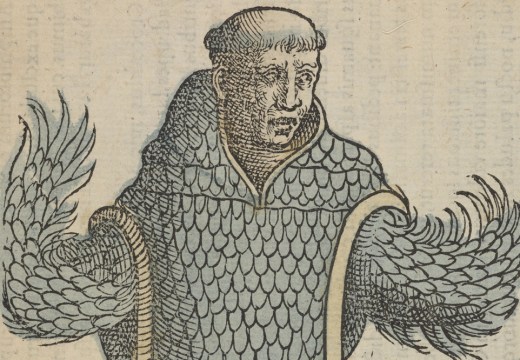
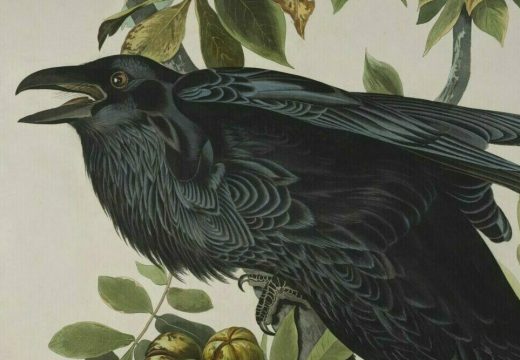

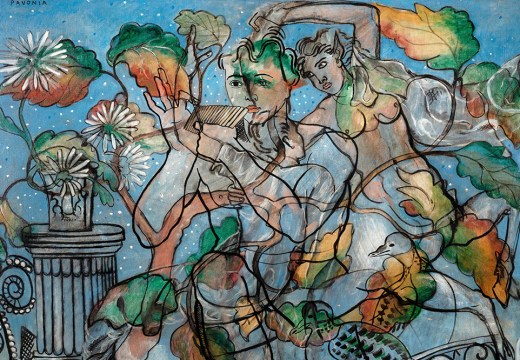
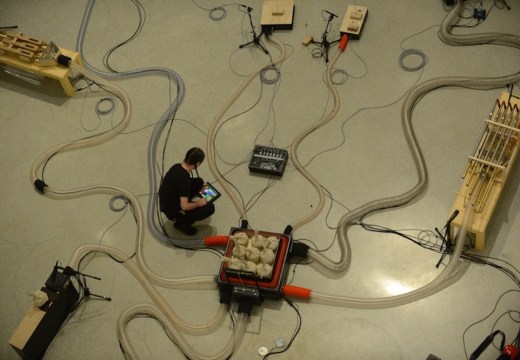






![Masterpiece [Re]discovery 2022. Photo: Ben Fisher Photography, courtesy of Masterpiece London](http://www.apollo-magazine.com/wp-content/uploads/2022/07/MPL2022_4263.jpg)
Has arts punditry become a perk for politicos?